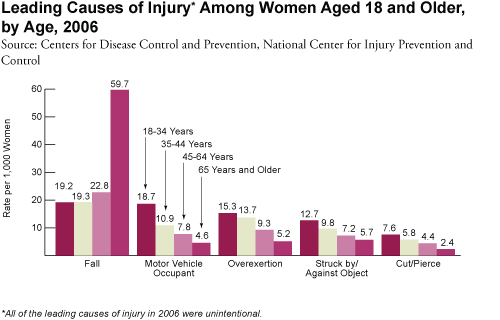GAINESVILLE, Fla. — Women are more likely than men to stalk, attack and psychologically abuse their partners, according to a University of Florida study that finds college women have a new view of the dating scene.
“We’re seeing women in relationships acting differently nowadays than we have in the past,” said Angela Gover, a UF criminologist who led the research. “The nature of criminality has been changing for females, and this change is reflected in intimate relationships as well.”
In a survey of 2,500 students at UF and the University of South Carolina between August and December 2005, more than a quarter (29 percent) reported physically assaulting their dates and 22 percent reported being the victims of attacks during the past year. Thirty-two percent of women reported being the perpetrators of this violence, compared with 24 percent of men. The students took selected liberal arts and sciences courses. Forty percent were men and 60 percent were women, reflecting the gender composition of these classes.
In a separate survey of 1,490 UF students, one quarter (25 percent) said they had been stalked during the past year and 7 percent reported engaging in stalking, of whom a majority (58 percent) were female.
Although women were the predominant abusers, they still made up the largest number of victims in both surveys, accounting for 70 percent of those being stalked, for example.
The reason more college men weren’t victims may be that women in the study did not exclusively date them, preferring men who had already graduated, not yet enrolled in college or chose not to attend college at all, Gover said. “It shows that students who are perpetrating these attacks aren’t just targeting other students on campus,” she said.
It also is possible that some of the physical attacks women claim they are responsible for are actually acts of self-defense, Gover added. “Maybe some of these women have been abused by their partner for some time and they’re finally fighting back,” she said.
Recent studies on domestic violence suggest that whereas in the past victims might have felt trapped in violent situations, today’s women are more likely to understand they have options instead of putting up with mistreatment, she said.
“I think we may also be seeing sort of a new dynamic in dating relationships in terms of women feeling more empowered,” she said. “They recognize they don’t have to be in a dating relationship forever. They can get out of it.”
Child abuse was the single biggest determining factor for men and women becoming perpetrators or victims of either dating violence or stalking, Gover said. Even if one never personally experienced abuse, witnessing violence between one’s parents as a child increased the likelihood of stalking or being stalked as a young adult and it made girls more susceptible to becoming victims of dating violence when they grew up, she said.
The survey found that men and women who were abused as children were 43 percent more likely than their peers who were not mistreated to perpetrate physical violence and 51 percent more likely to be victims of physical violence in a dating relationship. Violent acts included kicking or slapping, pushing or shoving, punching or hitting with a hand or object, slamming someone against a wall and using force to make a partner have sex, she said.
Sexual risk-taking – the age when survey respondents first had sex and the number of sexual partners in their lifetime – was another important risk factor, but surprisingly, attitudes toward women made no difference, said Gover, who did her research with Catherine Kaukinen, a University of South Carolina criminology professor, and Kathleen Fox, a UF graduate student in criminology. Some of the findings were presented at the American Society of Criminology annual meeting in November in Toronto.
The study also was among the first to look at psychological abuse. Examples included preventing partners from seeing family or friends, shouting at them and using threats to have sex. Fifty-four percent of respondents reported being psychologically abusive, and 52 percent said they were victims of this type of behavior. Women were more likely to be psychologically abusive, with 57 percent saying they were perpetrators versus 50 percent of males.
Shelley Serdahely, executive director of Men Stopping Violence, in Decatur, Ga., questions the validity of studies showing women are more violent. “Women might be more likely to get frustrated because men are not taught how to be active listeners and women feel like they are not being heard,” she said. “Often women are more emotional because the relationship matters a lot to them, and while that may come out in a push or a shove or a grab, all of which are considered dating violence, it doesn’t have the effect of intimidating the man.”








